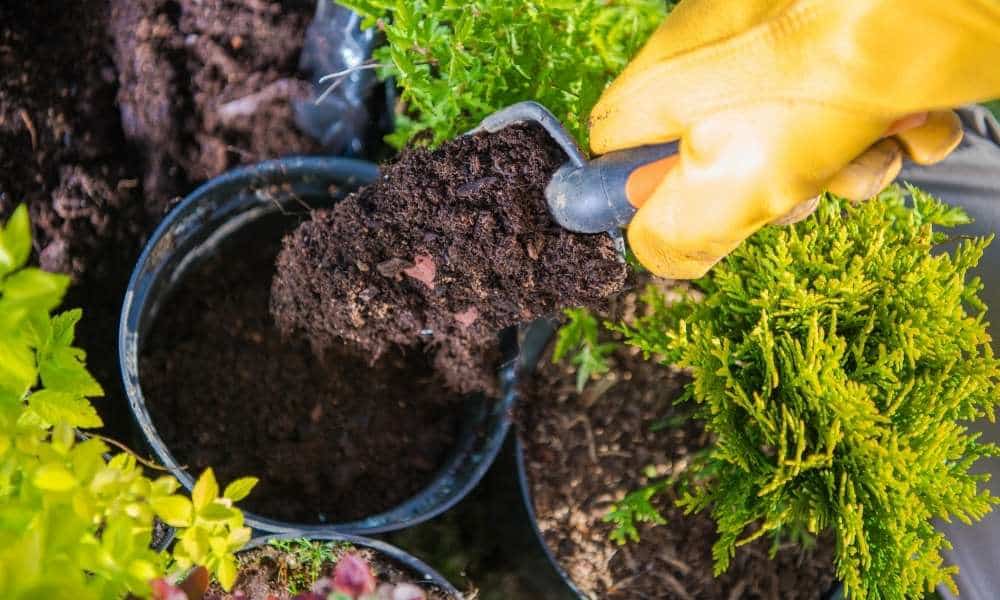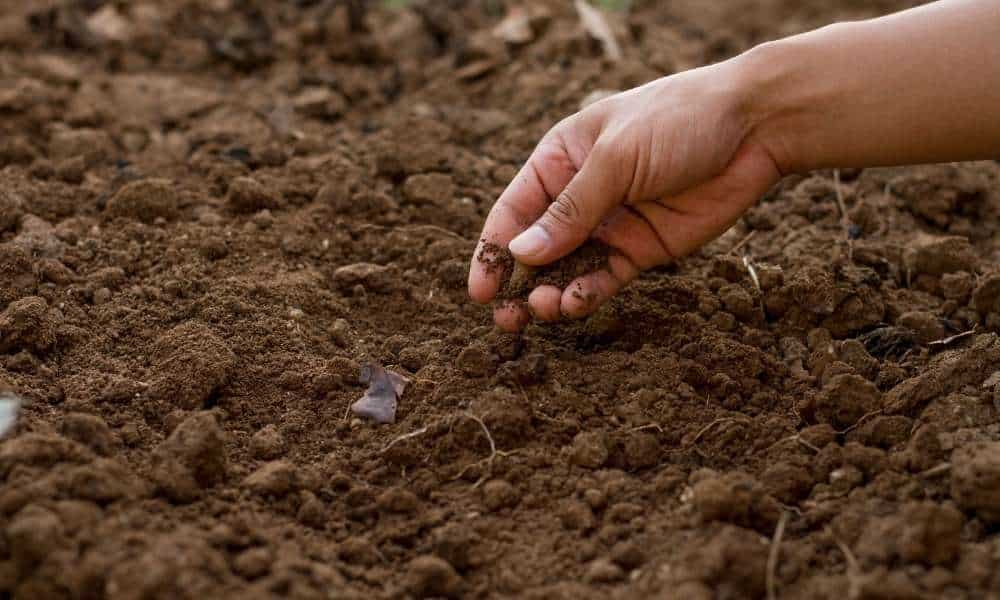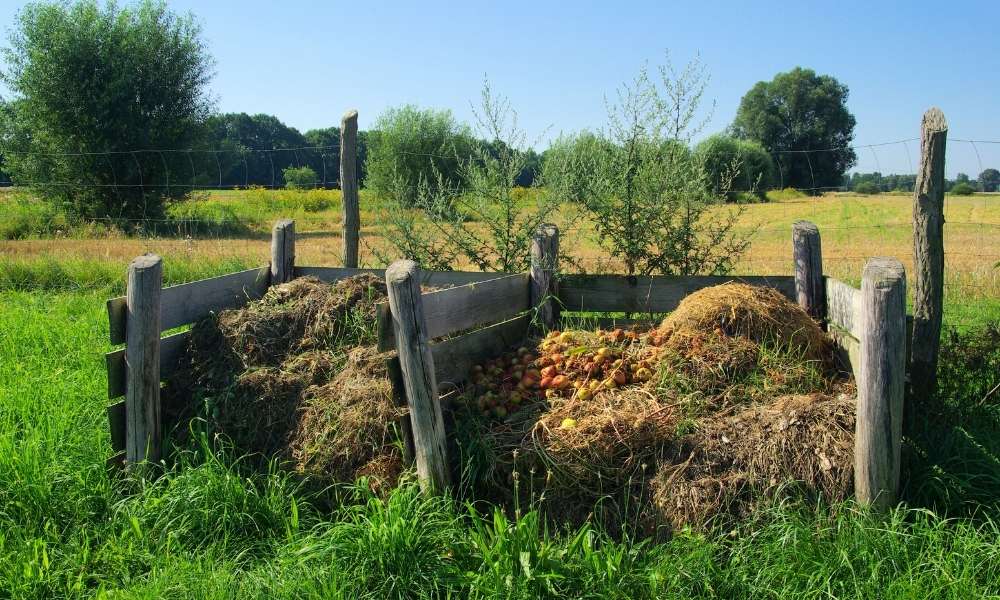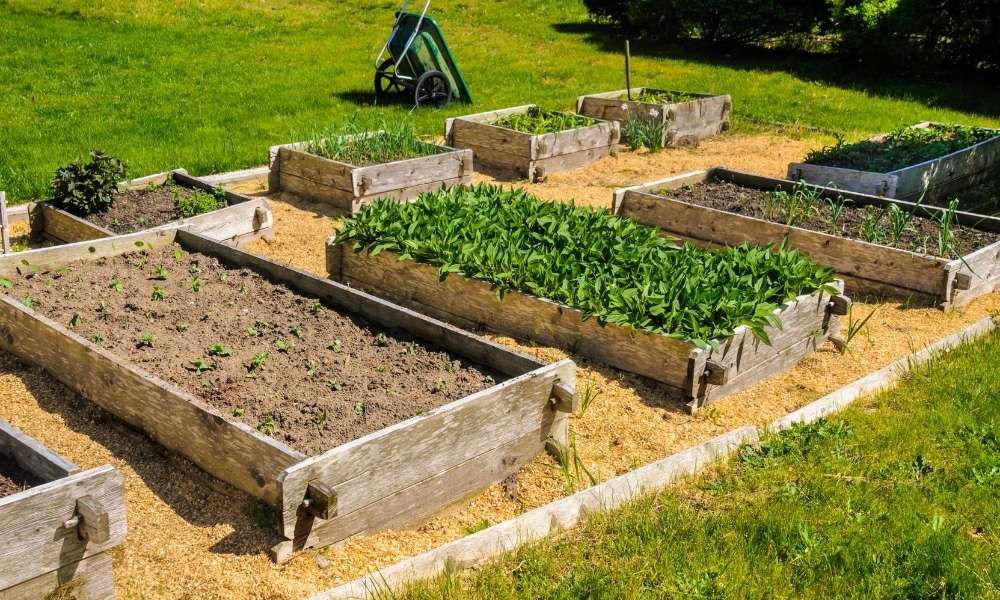If you have a raised garden bed and don’t know what to do with the extra space, check out these tips on how to fill it up! First, think about what kind of plants you would like to grow. Second, think about what kind of soil you would like to use. Third, decide how deep your bed should be. Fourth, figure out what size plants will fit in your bed, and fifth, purchase the appropriate plants. Now in this article, we inform you how to fill raised garden beds, there are some easy steps for doing that job.
Mixing Soil And Compost In Your Flower Beds

When filling a raised garden bed with soil, it’s important to incorporate compost into the mix. This will help improve the quality of the soil and make it more fertile. The best way to do this is by mixing equal parts of soil and compost together.
If you have poor quality soil, adding compost will help to improve it. Compost is also beneficial for plants because it provides them with essential nutrients, which they need for healthy growth. By using compost in your garden, you’ll be able to grow bigger and healthier plants.
Calculate How Much Soil You Will Need To Do Tha Job
When filling a raised garden bed with soil, it is important to calculate how much soil you will need. You can do this by measuring the length, width, and height of the bed, and then multiplying those numbers together. This will give you the total square footage of the bed. Once you have that number, divide it by 2,500 to get the number of cubic feet of soil you will need.
Gather Native Soil From Your Yard If Possible That

If you can, gather native soil from your yard to fill your raised garden beds. This soil is already packed with nutrients and beneficial bacteria that will help your plants grow strong and healthy. If you can’t find any native soil, bagged topsoil or compost will also work. Just be sure to mix it well with the existing soil to create a rich, fertile growing environment for your plants.
Use Nutrient-rich Mixtures If You Won’t Use Native Soil

If you can’t use the native soil in your garden, you’ll need to purchase a mixture that is nutrient-rich. You can find these mixes at most garden stores. When you’re filling your raised garden beds, be sure to follow the instructions on the bag. Most mixes require you to add water before planting to help the ingredients bind together.
Make Your Own Compost Or Purchase Some For Your Garden

When filling your raised garden beds, you have a few options for the soil mixture. You can make your own compost, purchase compost, or use a soil mix. If you are making your own compost, it is important to mix in some organic matter, like leaves or grass clippings. If you are purchasing compost, be sure to get a quality product that will improve the fertility of your soil. If you are using a soil mix, be sure to read the ingredients and choose one that is high in organic matter.
Mix Soil And Compost For Your Garden

When creating a garden, there are a few things to consider when it comes to the soil. One is how to fill raised garden beds. You can either buy soil pre-mixed or make your own. If you choose to mix your own, you’ll need soil, compost, and a rake.
To make the mix, start with one part soil and one part compost. Rake it all together until it’s well combined. If the mix is too thick, add some water until it’s wet but not muddy. That’s it! You’re ready to start planting.
One of the benefits of making your own soil mix is that you can customize it to your own needs. You can add more or less compost depending on how rich you want the soil to be.
Remove Rocks From The Mixture

When filling a raised garden bed, it is important to remove any rocks or other debris from the mixture. This will ensure that the soil is level and that the plants have a good foundation to grow in. If there are any large rocks in the mixture, they can be removed with a shovel or other gardening tool. Smaller rocks can be left in place but should be covered with soil to keep them from becoming a nuisance later on. Once the bed is filled, it is ready for planting.
Fill Your Garden Bed To The Top Or Nearly The Top

Are you looking to fill your raised garden bed to the top or nearly the top? If so, you’re in luck! In this article, we will provide you with a step-by-step guide on how to fill your raised garden bed.
To get started, you will need to gather some supplies. These supplies include soil, compost, and mulch. Once you have gathered these supplies, it is time to start filling your garden bed.
The first step is to add a layer of soil. Add enough soil so that the top of the garden bed is level with the surrounding ground. Next, add a layer of compost. The compost should be about 2 inches thick. Finally, add a layer of mulch. The mulch should be about 3 inches thick.
Trying Lasagna Gardening
Lasagna gardening is an easy way to fill raised garden beds. The layers of organic materials will break down and create nutrient-rich soil for plants. You can use any combination of materials, but the most important thing is to layer them in the right order.
The bottom layer should be a 3-inch layer of coarse material like chopped bark or straw. This will help drainage and air circulation. Next, add a 2-inch layer of compost or manure. Top that with a 1-inch layer of soil. Continue layering until you reach the top of the bed.
Water the bed well and wait for the organic materials to break down. In about six months, you’ll have rich, fertile soil perfect for planting vegetables, flowers, or herbs.
Using Substrate
A substrate is just a solid material of organic, mineral, or residual origin, which acts as an anchor to the plant. It can be utilized pure, using only one substrate, or through combination. It is also essential to note that this material may or may not interfere with the nutrition process of plant beings.
If you are interested in growing mushrooms in your garden beds, using mushroom substrate is the equivalent of using soil to grow plants. It’s where the mushrooms will get all of their nutrients while growing.
Gather Organic Compostable Like Grass Clippings

If you’re looking to add nutrients and organic matter to your soil, consider gathering organic compostable materials like grass clippings and leaves. Not only will this improve the quality of your soil, but it will also help reduce the amount of refuse you produce each year.
Here are a few tips on how to fill raised garden beds with organic compostable materials
- Start by raking the area where you plan to place your garden bed. This will loosen up the soil and make it easier to work with.
- Next, gather together as many organic compostable materials as you can. This includes things like grass clippings, leaves, and small twigs.
- Carefully place the organic compostable materials in the garden bed, making sure to spread them out evenly.
Lay Your Compost On Top Of The Newspaper Or Cardboard
Layering organic matter in your garden is key to a healthy, thriving garden. You can do this by layering compost on top of the soil in your raised garden beds. This will help to improve the quality of the soil, while also adding nutrients that are beneficial for plants.
If you have newspaper or cardboard lying around, you can also use that as a layer between the compost and the soil. This will help to keep the compost in place, and it will also help to suppress weed growth. Make sure to wet down the paper or cardboard before you add it to the bed so that it doesn’t blow away in the wind.
Find Soil To Layer On Top Of Your Compost

The best time to add soil to your raised garden bed is after you have added your compost and let the bed sit for a few weeks so the compost can break down. After that, you can start adding soil on top of the compost in order to fill up the bed. The key is to find good soil that will complement the compost and help improve the overall health of your plants.
When looking for soil, try to find a mix that is high in organic matter. This will helসমp39 improve the texture and water-holding capacity of your soil. It’s also important to find soil that is low in clay, as this can make it difficult for water and air to move through the soil. If you live in an area with heavy clay soils, you can add sand or other materials to lighten it up.
Final Thoughts
There are many ways to fill raised garden beds. The most important part is to use soil that is appropriate for your plants and climate. By following these simple steps, you can create a beautiful and bountiful garden that will bring joy to your home for years to come.




